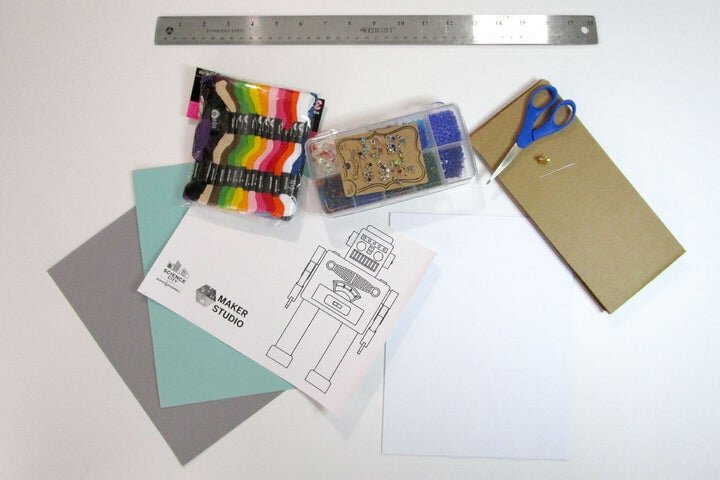Brief History of Books:
Before books were made the human race used clay tablets to keep their history remembered, they were used in Mesopotamia in the 3rd millennium BC. As creating on tablets is difficult and take up a lot of space other means of writing down information were created. Things like leaves dried out were the next step until eventually papyrus was developed as early as the First Dynasty in 3100 BC. The oldest example that still exists is from the Fifth Dynasty in 2400 BC.
Some of the first bound books began in India using large leafs that were dried, bound, and then documented on. In Egypt they were using papyrus to created scrolls and other early books. Most civilizations were developing writing material at the same time and would learn from each other passing techniques between countries through barter and trade.
The history of who created the first printing press and when is lost to us. During the first millennium AD in China they created what is believed to be the oldest known printed text.
The oldest known printed book was “The Diamond Sutra”, a Buddhist book from Dunhuang China around 868 AD.
Not all of us are book writers though, so how can books help us?
Why should I keep track of my ideas, thoughts, and emotions?
We should all try to keep our ideas written down. It’s easy to think you will remember our brilliant idea later but more often than not we have forgotten it when we sit down to start our projects.
It’s also a great benefit when life is tough to write out our day, say how we feel, and express ourselves in written form. It helps us look back at those times and not forget but grow from our experiences.
In this project you will be shown how to make a small sketch book or journal using basic tools and what you might already have around the house.
Supplies:
Thread – Embroidery/craft thread is suggested, but there are many types of thread you can try if you have it on hand instead.
Needle – A needle is needed to pull your thread through the pages, you not be able to thread it like a button. A needle with a large enough hole for your thread is what you are looking for.
Cardstock – Paper that is more stiff work great for the outer sheet which makes up the front and back of your book.
Paper – Basic printer paper is used for our example, but you can dive into using watercolor paper, sketch paper, and more when you start to get the hang of making your own books.
Ruler – You will need a ruler that is at least 9 inches long so that you can mark where you plan to punch the holes into your paper for threading.
Tac – A simple tac that you use for a corkboard is needed to punch holes into each of your sheets of paper and the cardstock cover.
Optional:
Science City – Maker Studio Max Cover – Check the PDF files on the first step if you would like to use our cover featuring the Maker Studio mascot robot, Max.
Lined Paper PDF – We have provided a lined sheet as a PDF that you can print off double-sided and make a journal.
Beads – For decoration on the outside of your book spine beads can be used. Be sure to find beads that are a large enough hole for your thread to go through.
Charms – Small charms used for jewelry and crafting can be added to the threaded spine.
Markers – If you are using our Max the robot print out sheet for your outer cardstock over you can color him in when you are done.


